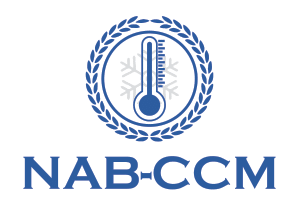
Logistics
Cold chain logistics involves the use of temperature-controlled transportation, storage, and distribution systems to preserve products throughout their journey from the manufacturer or producer to the end consumer.
Key Roles of Logistics in the Cold Chain Ecosystem
- Temperature-Controlled Transportation
- Monitoring and Tracking
- Time Sensitivity and Efficiency
Capacity Building Needs in Cold Chain Logistics
To ensure the smooth operation of cold chain logistics and enhance efficiency across the supply chain, capacity building is needed in several areas, including infrastructure, workforce skills, technology, regulatory compliance, and sustainability. - Infrastructure Development
Cold chain logistics depend heavily on infrastructure such as refrigerated vehicles, cold storage facilities, and temperature-controlled packaging materials. The quality and efficiency of the infrastructure play a significant role in maintaining the integrity of temperature-sensitive goods. - Technology Integration and Innovation
Technological advancements play a crucial role in enhancing the efficiency, transparency, and reliability of cold chain logistics. The integration of IoT-based sensors, cloud-based monitoring systems, and data analytics enables the real-time tracking of products, predictive maintenance, and optimised route planning. - Workforce Skill Development
The logistics workforce plays an essential role in the cold chain process. Skilled personnel are needed to operate and manage temperature-controlled transportation systems, ensure compliance with regulations, and handle perishable products with care. - Regulatory Compliance and Safety Standards
Regulatory bodies enforce standards and ensure that cold chain logistics meet health and safety requirements. Compliance with these regulations is crucial for the successful transportation and storage of temperature-sensitive goods. - Sustainability and Environmental Impact
With growing concerns about climate change and the environmental impact of logistics, there is increasing pressure to reduce the carbon footprint of cold chain logistics. Sustainable practices are essential to reduce energy consumption, waste, and emissions while maintaining product integrity.
Cold chain logistics is a critical component of the supply chain for perishable goods, especially food, pharmaceuticals, and medical supplies. Effective cold chain logistics ensures that these products maintain their safety, quality, and efficacy throughout the entire supply chain.
For the cold chain ecosystem to thrive, capacity building in areas such as infrastructure development, technology integration, workforce training, regulatory compliance, and sustainability is crucial. By enhancing the skills of the workforce, upgrading technologies and ensuring compliance with industry standards, the logistics sector can help meet the growing demand for temperature- sensitive products while minimising losses due to spoilage, waste, and inefficiency.

